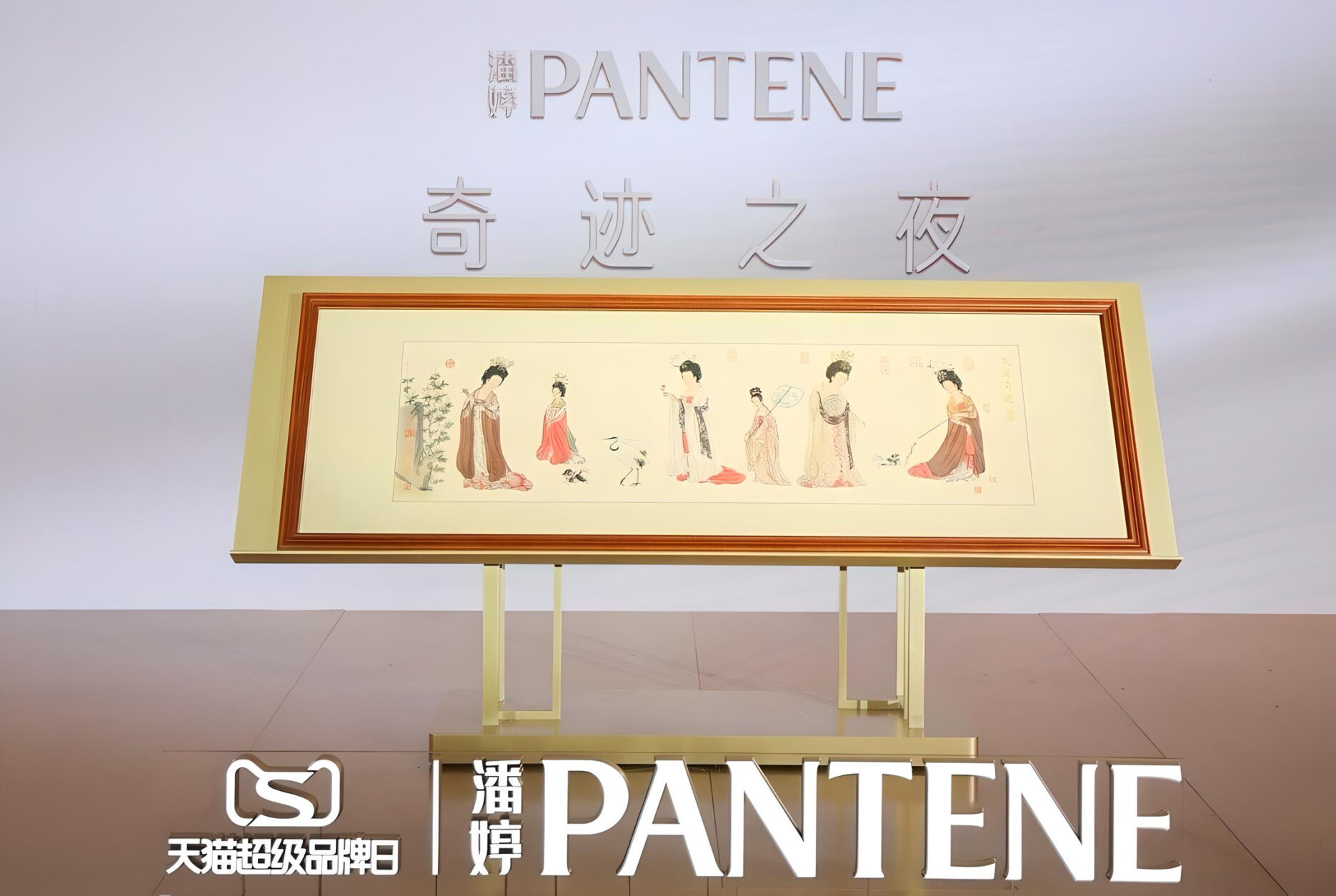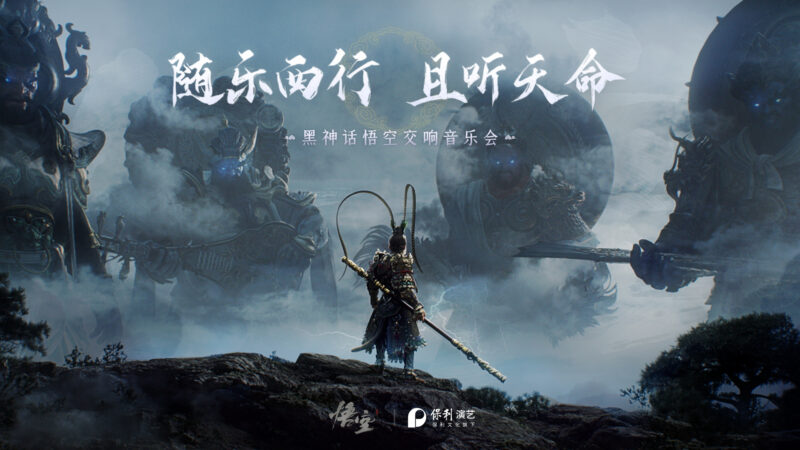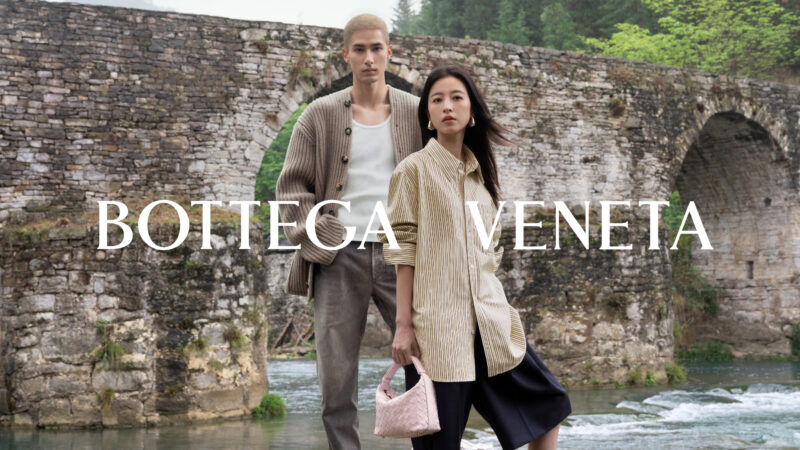Key takeaways:
- With guochao 3.0 bringing popularity to museums and intangible cultural heritages of China, brands are also leveraging the trend.
- From Chinese tea chains and C-beauty brands to international giants like Dior and Starbucks, brands are approaching the trend in different ways.
- For international brands, like any co-branding, finding the right partner which fits is vital.
As guochao 3.0 rages on into 2024 and museums become one of the hottest destinations, as well as IPs, it was only natural that intangible cultural heritages (ICHs) from across the country would become the hottest collaboration partners for brands, Chinese and global alike.
ICH marketing, in this sense, provides “emotional value” from both a cultural and an ESG standpoint
ICHs are attractive for brands not only because of their cultural significance but also their importance from an arts and crafts point of view, as well as their communal value to the people who are keeping the heritages alive. Therefore, brands are not only paying tribute to wider Chinese and local culture but supporting the craftspeople and communities in the process. ICH marketing, in this sense, provides “emotional value” from both a cultural and an ESG standpoint.
Heir to hair
The Procter & Gamble-owned American haircare brand Pantene is the latest and one of the boldest global brands to launch an ICH campaign. True to its hair-itage, Pantene chose the historical hair embroidery as its collaboration partner.


Originating in the Tang Dynasty (618-917 AD), hair embroidery has over a thousand years of history. Pantene teamed up with Zhou Yinghua, the inheritor of the ICH to create a hair embroidery version of the Tang period (or Five Dynasties and Ten Kingdoms period, 907-979) painting “Court Ladies Adorning Their Hair with Flowers” (簪花仕女图).
Pantene continues to explain that in ancient times, hair embroidery was made with mostly women’s hair that was processed with egg white. The hair strands need to be thin, soft but tough and also have a shine to them. For the collaboration, the hair was treated with Pantene’s 3 Minute Miracle series to repair any damage.
Pantene argues that the “Court Ladies” painting shows the confidence, freedom and inherent pursuit of beauty for women
The Pantene collaboration is on brand on multiple levels. From the material used and its treatment, all the way to the subject matter of the collaborative artwork. Pantene also held an event called the “Miracle Salon” that celebrated not just the miracle of hair and of embroidery, but the miracle of women. Pantene argues that the “Court Ladies” painting shows the confidence, freedom and inherent pursuit of beauty for women.
Coffee and tea-vee
Food and beverages, especially tea and coffee chains, frequently leverage collaboration campaigns with various partners, from brands to IPs. Intangible cultural heritages are, in a sense, intellectual properties and are gradually being treated as such. Starbucks, another international chain, recently opened its third ICH concept branch in Suzhou, dedicated to the Classical Gardens of Suzhou.
HeyTea launched a three-way collaboration with the lifestyle magazine Shang Cheng Shi to honour the Miao silversmithing ICH with silver-hued paper cups this July. On 5 September, HeyTea followed up the campaign with an actual silver cup made by Peng Nanke, a multi-talented artisan dedicated to preserving local traditional crafts around China, as a tribute to Miao silversmithing.
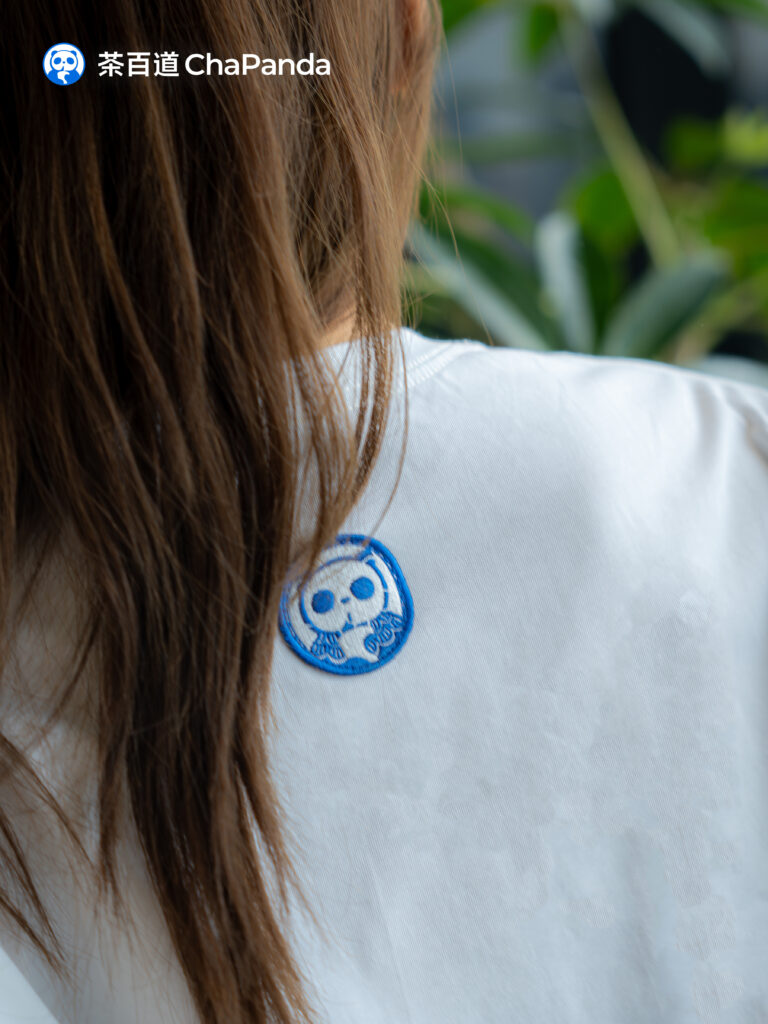
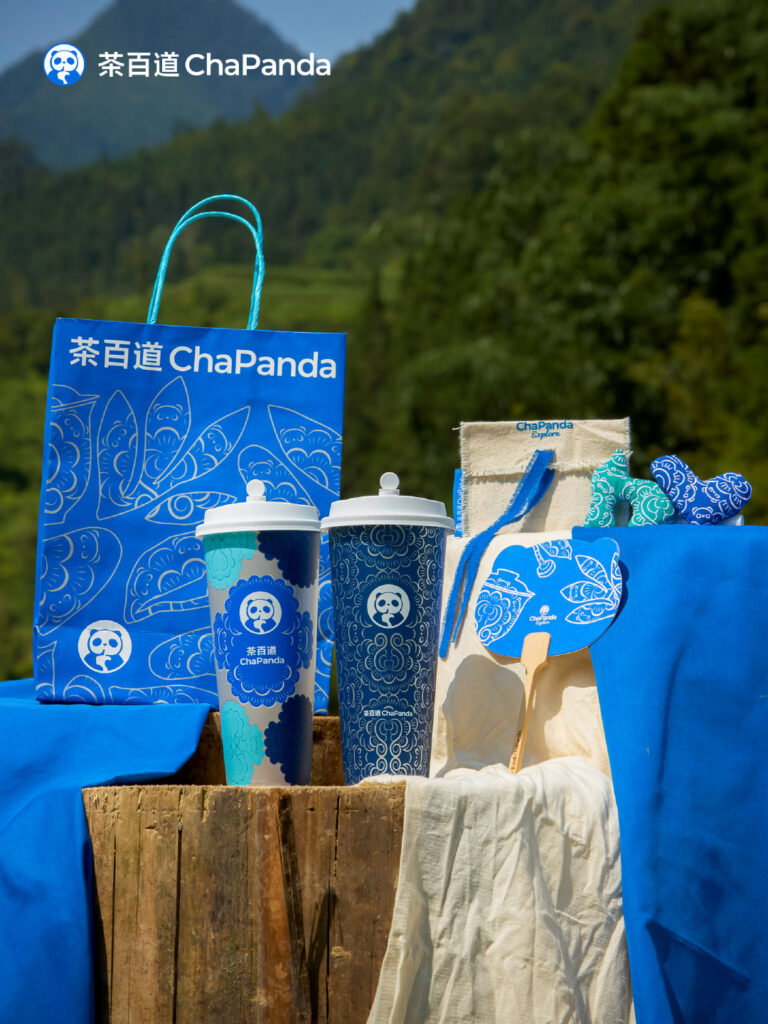

More recently, ChaPanda launched its Mid-Autumn campaign on 14 September which collaborated with inheritors of the Miao embroidery, another traditional craft from the Miao people of Guizhou in Southwest China. Other than the tea and coffee collab staples like exclusive paper cups, bags and small merch like paper fans and hairclips in the Miao embroidery patterns, ChaPanda also worked with local embroiderers to create embroidered patches with the brand’s panda logo to be put on a limited-edition T-shirt that will be given away through online prize draws.
Inter-national
Chinese brands have an inherent affinity to Chinese culture and crafts through their country and region of origin. Yunnan-based C-beauty brand Winona has been committed to promoting various crafts from ethnic minorities in the Southwest province. From the paper charms of Yunnan in January to Yi embroidery for the “I Love You Day” on 20 May, and the latest Qixi collab with the weaving of the Nakhi people to pay tribute to the Weaver Girl in the myth of Qixi.
However, international brands are also gaining ground in promoting with intangible cultural heritage. Luxury brands such as Valentino’s Shang Cheng Family Feast, again with Shang Cheng Shi in Quanzhou, Fujian to celebrate the city with the most ICHs in China. Dior and Fendi collaborated with inheritors of velvet flowers of Nanjing and Yi embroidery in 2023 for their 2024 collections, respectively.
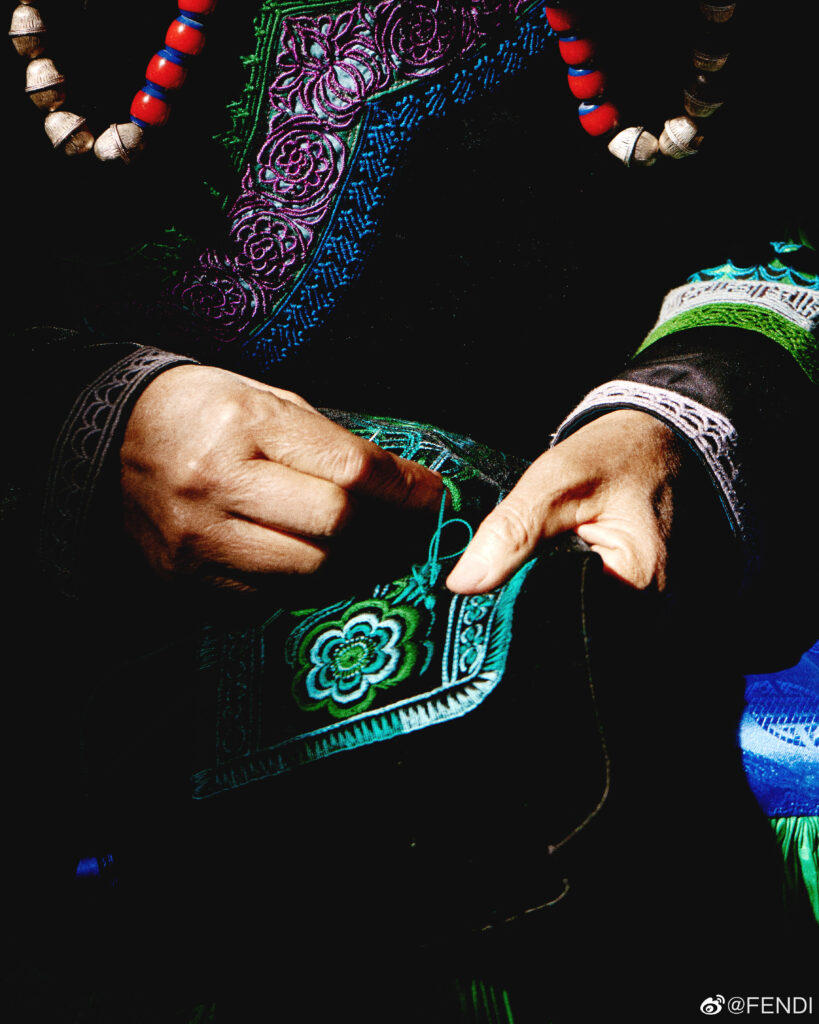
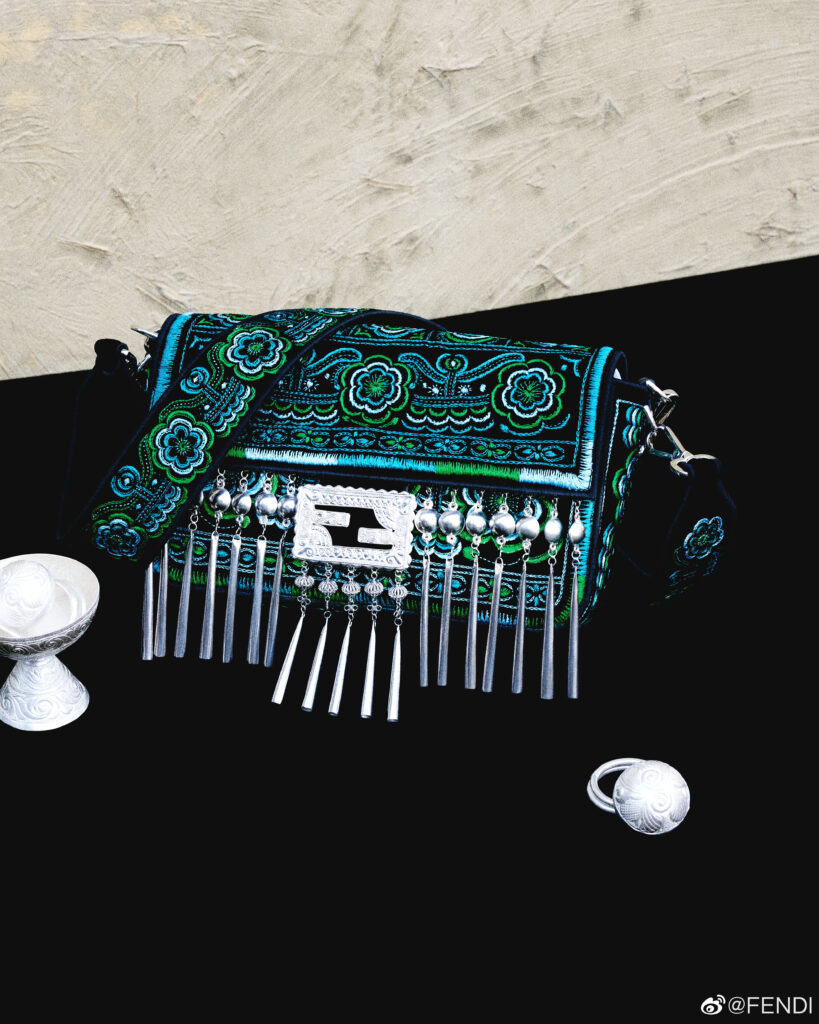

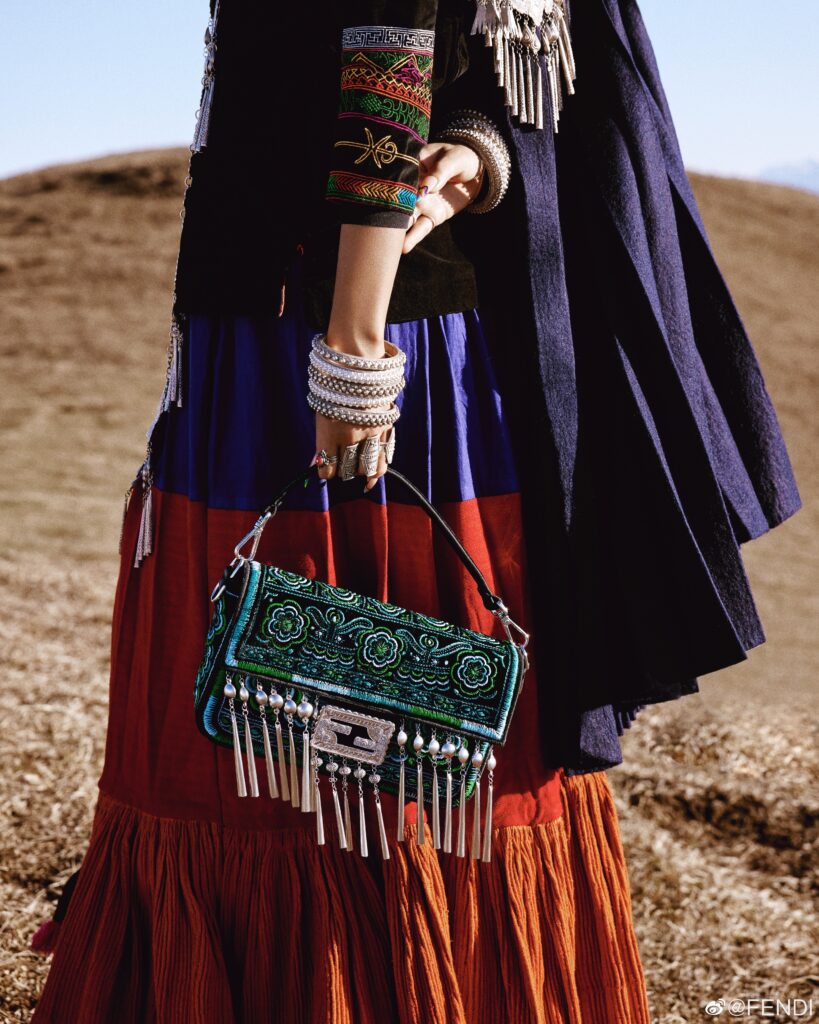
Arguably, the fit between luxury and Chinese ICHs is strengthened by the common emphasis on craftsmanship and heritage, making up for the lack of country-of-origin discrepancies. But brands like Pantene can find deeper connections with the ICH partner they choose to reflect their brand positioning, and in the case of Pantene, helping women “shine”. These connections, of course, can be far more resonant than superficial, or even a haphazard collaboration for collaboration’s sake.




